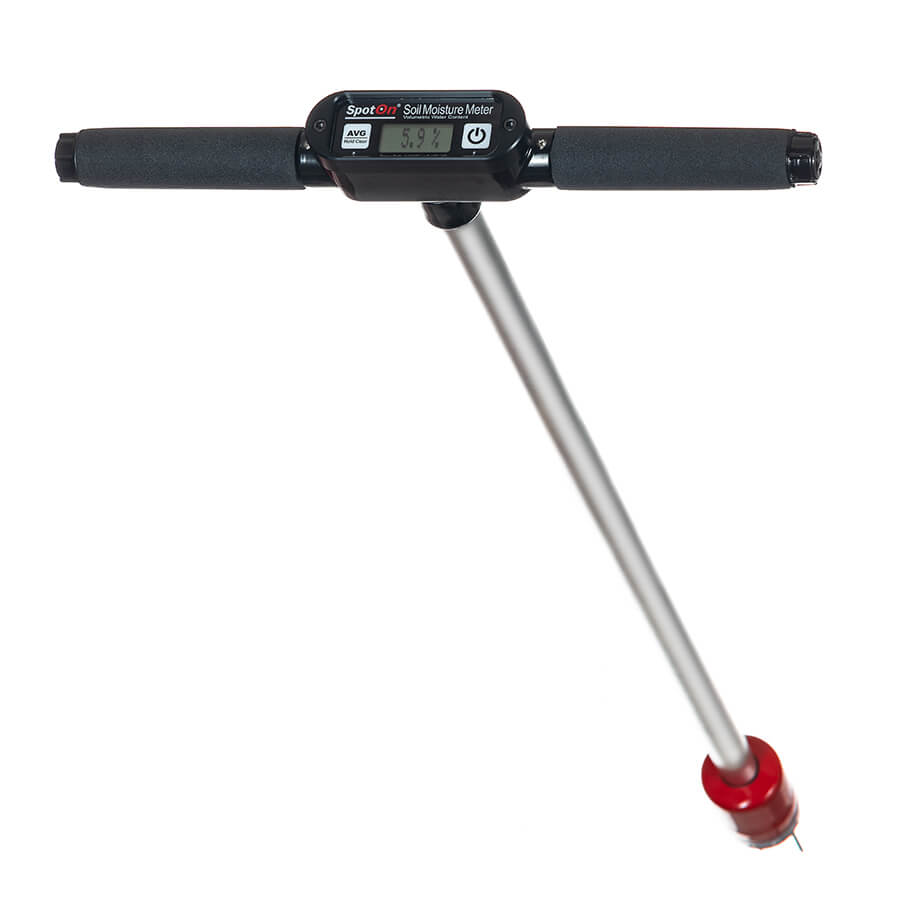The Ultimate Guide to Picking the Right Moisture Meter for Your Requirements
The Ultimate Guide to Picking the Right Moisture Meter for Your Requirements
Blog Article
Look Into the World of Moisture Meters: Every Little Thing You Need to Know
In the realm of moisture meters exists a globe of accuracy and functionality that typically goes unnoticed. These devices, while apparently uncomplicated, hold a wide range of details that can significantly affect numerous sectors and applications. Recognizing just how moisture meters run, the different types readily available, and their diverse usages can shed light on their relevance in ensuring top quality and effectiveness. By discovering the intricacies of moisture meters, one can discover a beneficial tool that transcends plain measurement, providing insights that can make a considerable difference in numerous areas.
Just How Moisture Meters Work
Moisture meters operate by determining the electric conductivity or capacitance of products to identify the dampness content present. These meters are important tools across different industries, consisting of agriculture, woodworking, and building. By using different approaches such as pinless or pin-type modern technology, wetness meters supply precise analyses that help professionals make notified choices.
Pin-type moisture meters work by putting the sharp pins into the product being evaluated. On the various other hand, pinless dampness meters make use of electromagnetic signals to check a bigger location without triggering any type of damages to the material's surface area.
No matter the approach made use of, wetness meters play an important role in stopping concerns such as mold and mildew development, structural damages, or product defects brought on by excess moisture. Recognizing how these meters work is essential for guaranteeing the top quality and integrity of materials in various applications.
Kinds Of Moisture Meters
Given the vital role moisture meters play in different sectors, it is vital to understand the different types offered to specialists for properly evaluating dampness levels - Moisture Meter. There are mostly two primary kinds of dampness meters: pinless and pin-type moisture meters

On the various other hand, pinless dampness meters make use of electro-magnetic sensor plates to check a larger location of the product without causing any damages. This kind appropriates for quickly scanning huge areas and is frequently used for flooring, walls, and ceilings. Pinless meters are convenient for taking analyses on completed surfaces without leaving any noticeable marks.
Both sorts of dampness meters have their benefits and are selected based upon the certain needs of the job available. Understanding the differences in between these types is crucial for experts to make precise moisture assessments.
Applications Across Industries
With diverse functionalities, moisture meters discover extensive application across different industries, aiding specialists in ensuring optimal problems for materials Learn More Here and structures. In the agriculture sector, dampness meters are invaluable for figuring out the dampness content in grains, seeds, and hay, making certain quality assurance and stopping mold and mildew development. Building specialists depend on wetness meters to analyze the wetness levels in structure materials like concrete, wood, and drywall, which is vital find this for keeping structural honesty and avoiding problems like rot or mold. The floor covering industry makes use of wetness meters to determine the dampness material in subfloors before setting up numerous flooring coverings, avoiding pricey damages as a result of excess dampness. In addition, in the food sector, moisture meters are used to check and regulate moisture levels in products such as grains, nuts, and dried fruits to keep quality and high quality. Furthermore, moisture meters play an essential role in the repair and damage evaluation market by helping professionals resolve and recognize water damage in structures without delay. Across these varied markets, dampness meters are essential tools for guaranteeing the top quality, safety, and long life of numerous materials and items.
Tips for Making Use Of Dampness Meters
Utilize the wetness meter's calibration setups to guarantee precise analyses when gauging the dampness content in numerous products. More about the author Additionally, make certain the meter is set to the proper moisture variety for the material you are gauging to get the most precise outcomes.
When using a pin-type dampness meter, put the pins to the appropriate deepness advised for the material being tested. This ensures that the moisture readings are taken from the appropriate depth within the material, offering a more accurate representation of its dampness web content. For pinless wetness meters, remember to keep appropriate contact with the product's surface area to obtain dependable analyses.
On a regular basis check and replace the batteries in your wetness meter to stop inaccurate readings because of low power. When not in use to extend its lifespan and keep its accuracy, Store the meter in a dry and safe location. By following these tips, you can maximize the efficiency of your dampness meter and get exact wetness material dimensions across different materials.
Maintenance and Calibration
To make sure the precision of dampness material dimensions, regular upkeep and calibration of the dampness meter are essential steps in its proper functioning. Calibration changes the dampness meter to make sure that it provides trustworthy and constant outcomes.
Calibration should be done periodically, particularly if the dampness meter is used often or in crucial applications where accurate dimensions are called for. By adjusting the wetness and keeping meter regularly, customers can rely on the accuracy of the dampness web content dimensions acquired.
Conclusion

In final thought, moisture meters play a critical duty in various sectors by properly measuring the dampness material of products. Understanding how these devices work, the various kinds readily available, and proper maintenance and calibration are necessary for obtaining reliable outcomes. Whether in manufacturing, agriculture, or building, using dampness meters assists ensure quality assurance and performance in processes.

In conclusion, dampness meters play an essential function in various industries by properly determining the wetness web content of materials.
Report this page